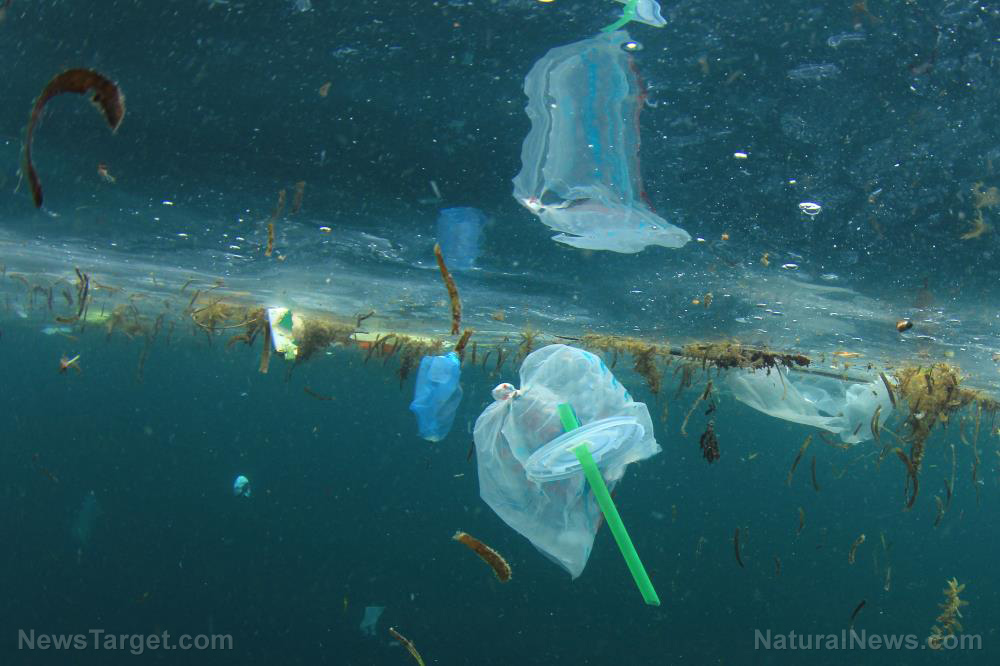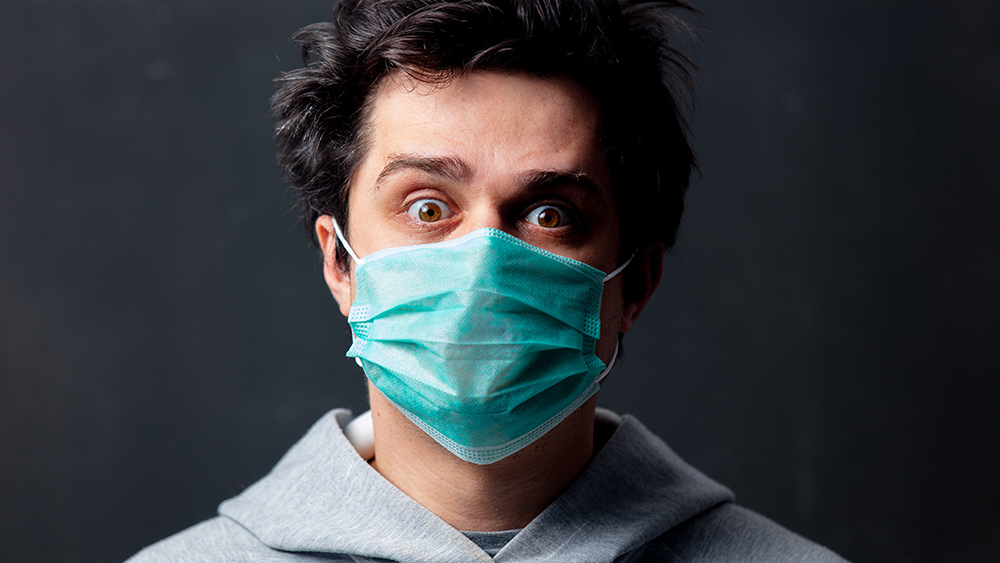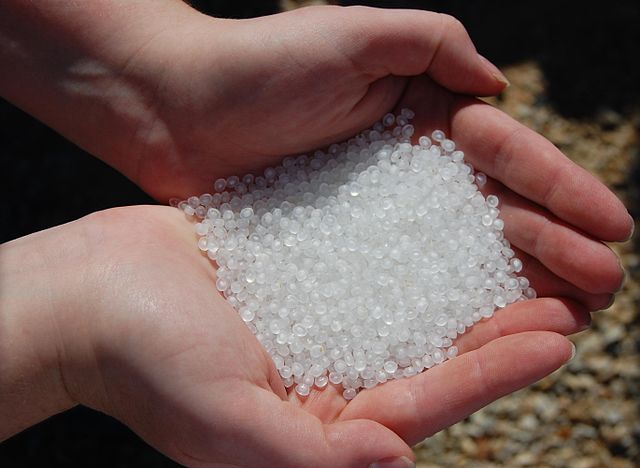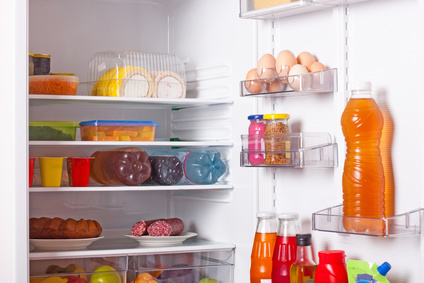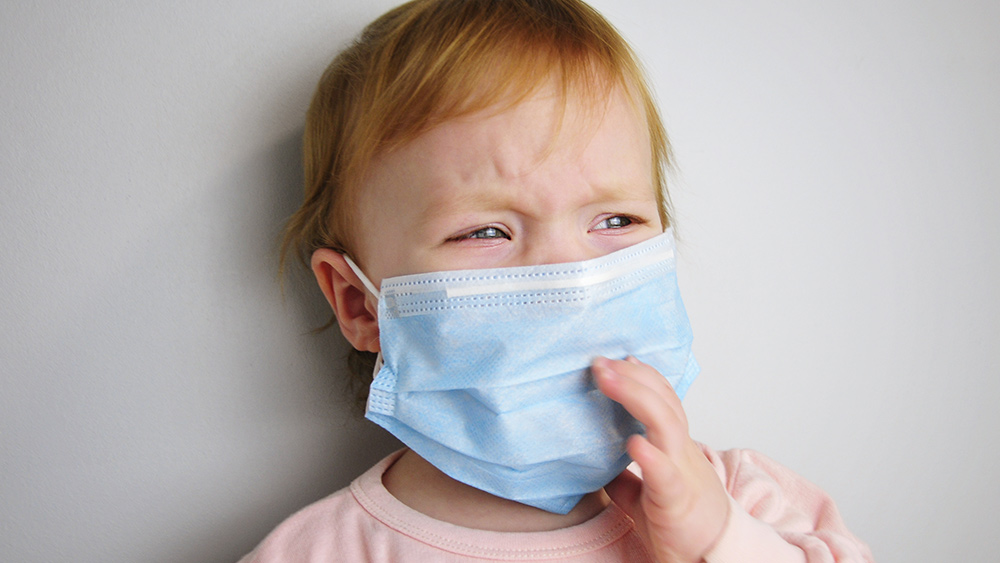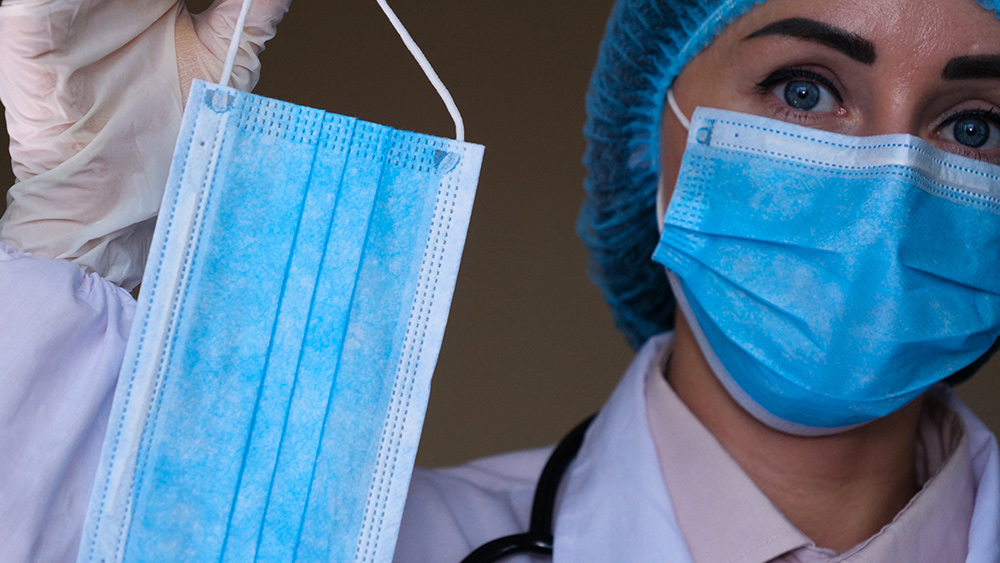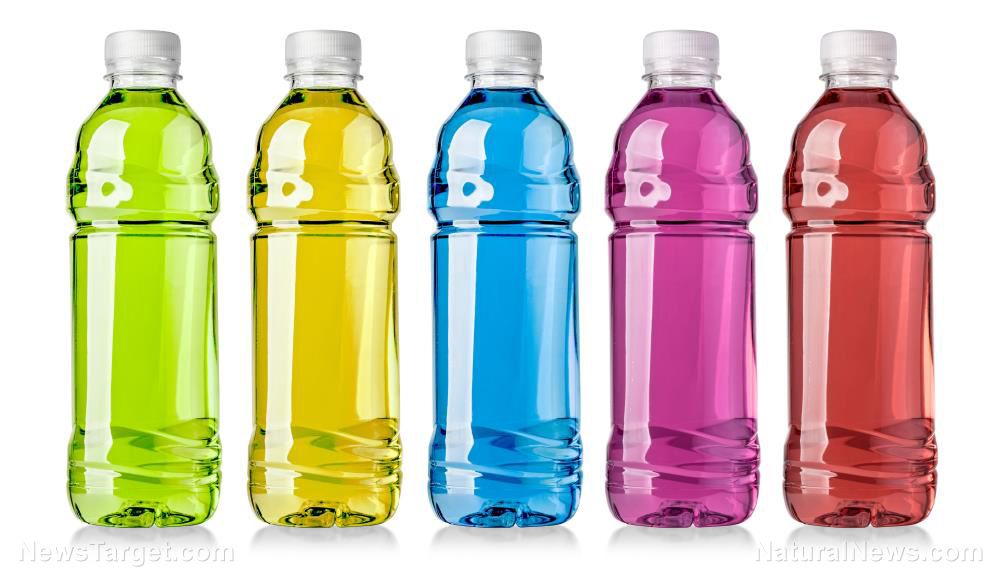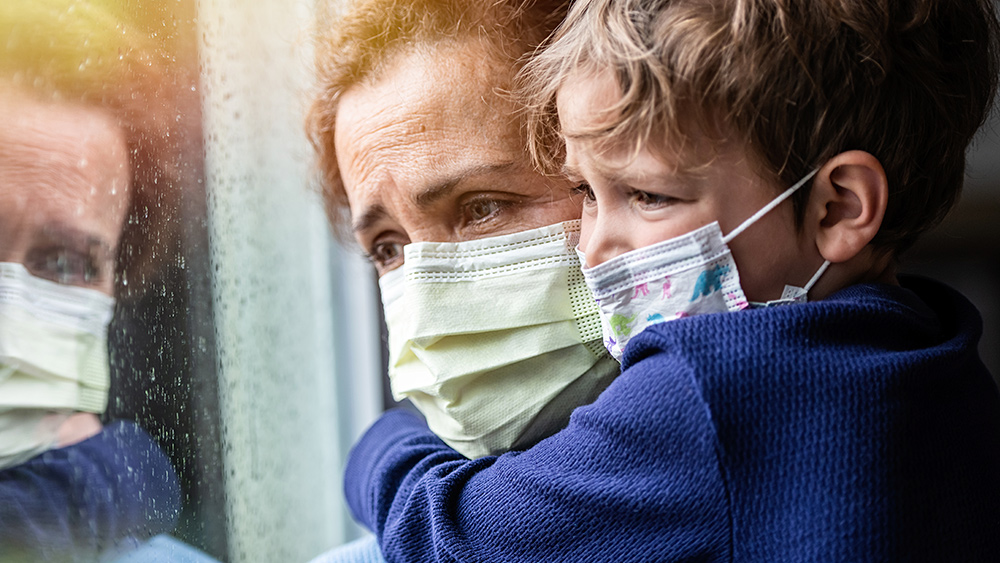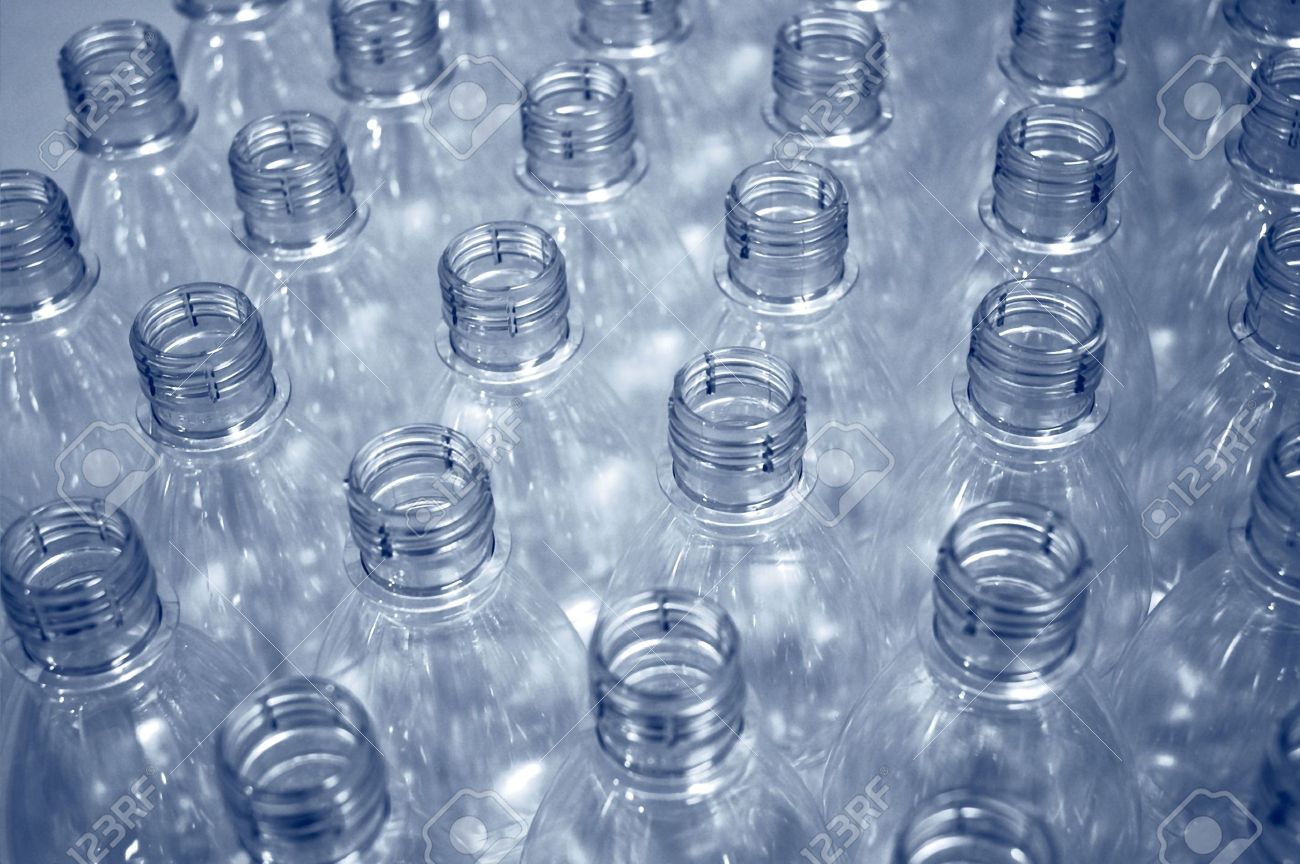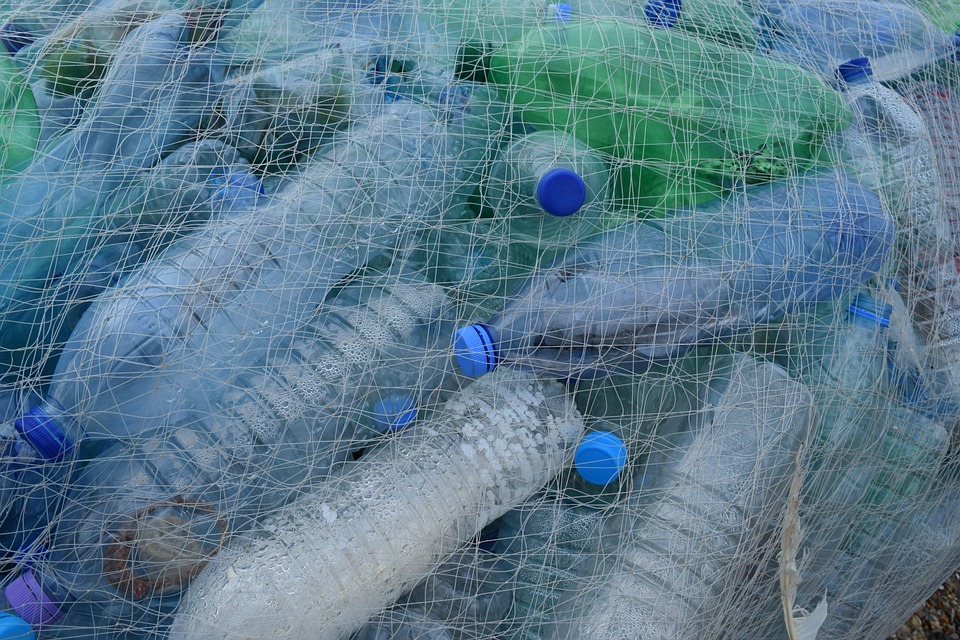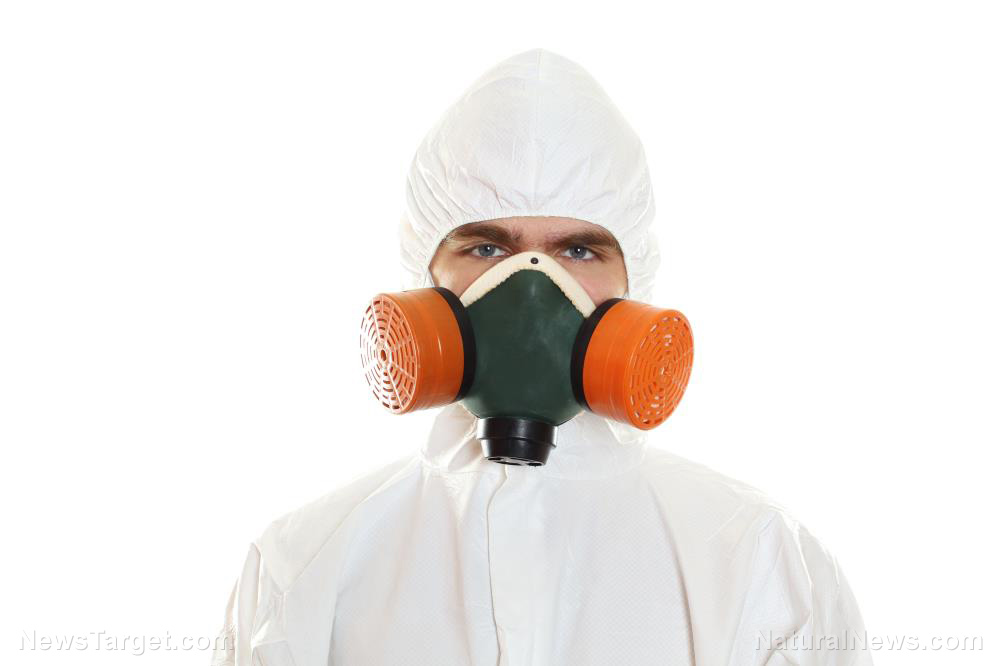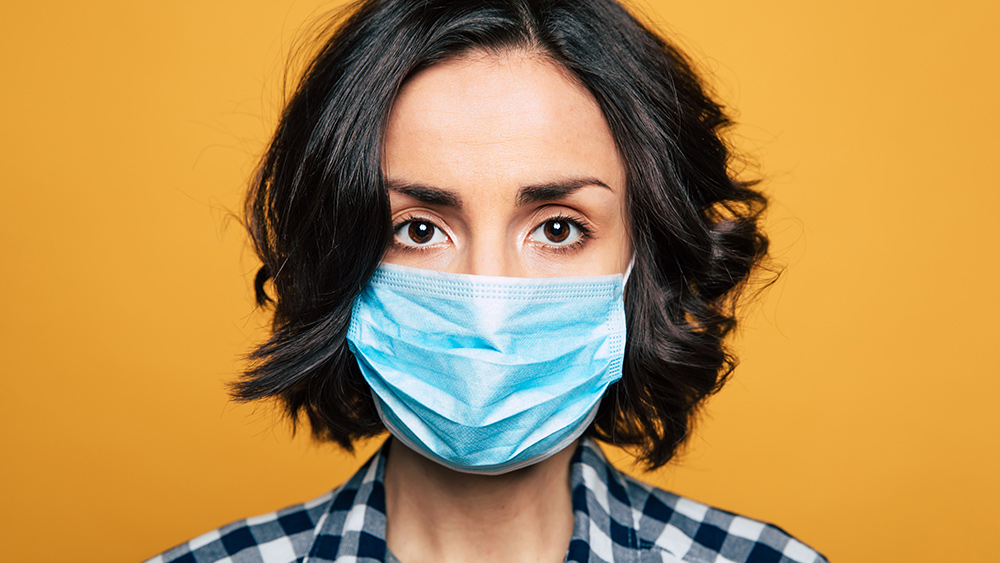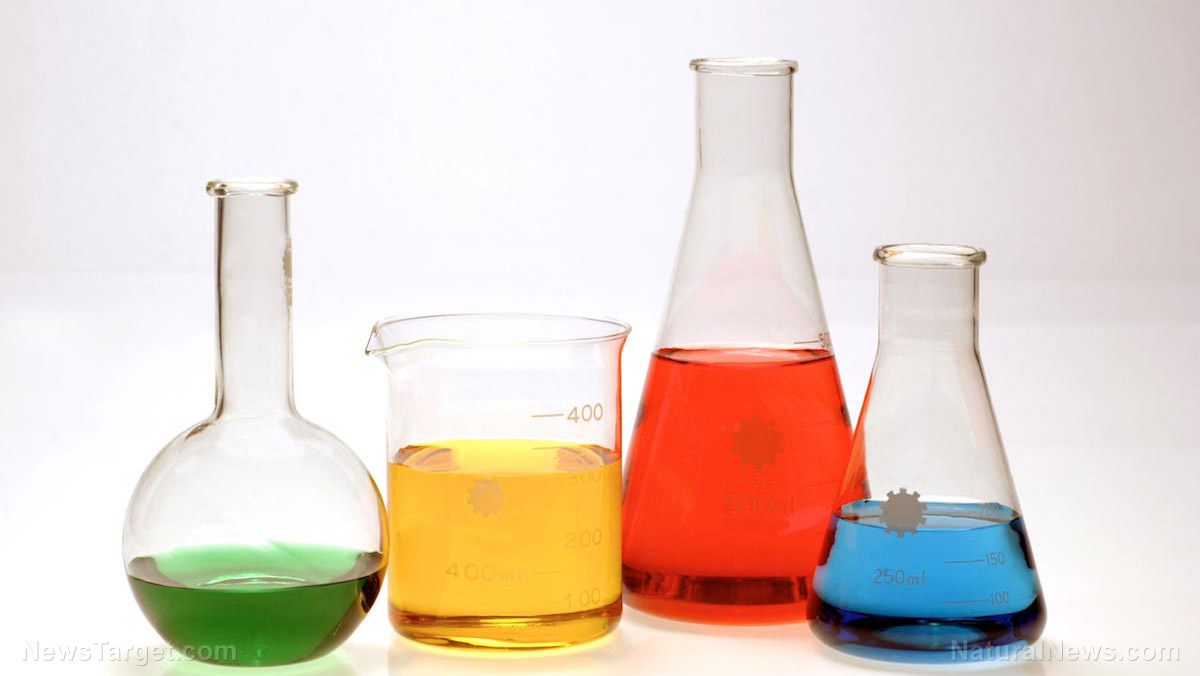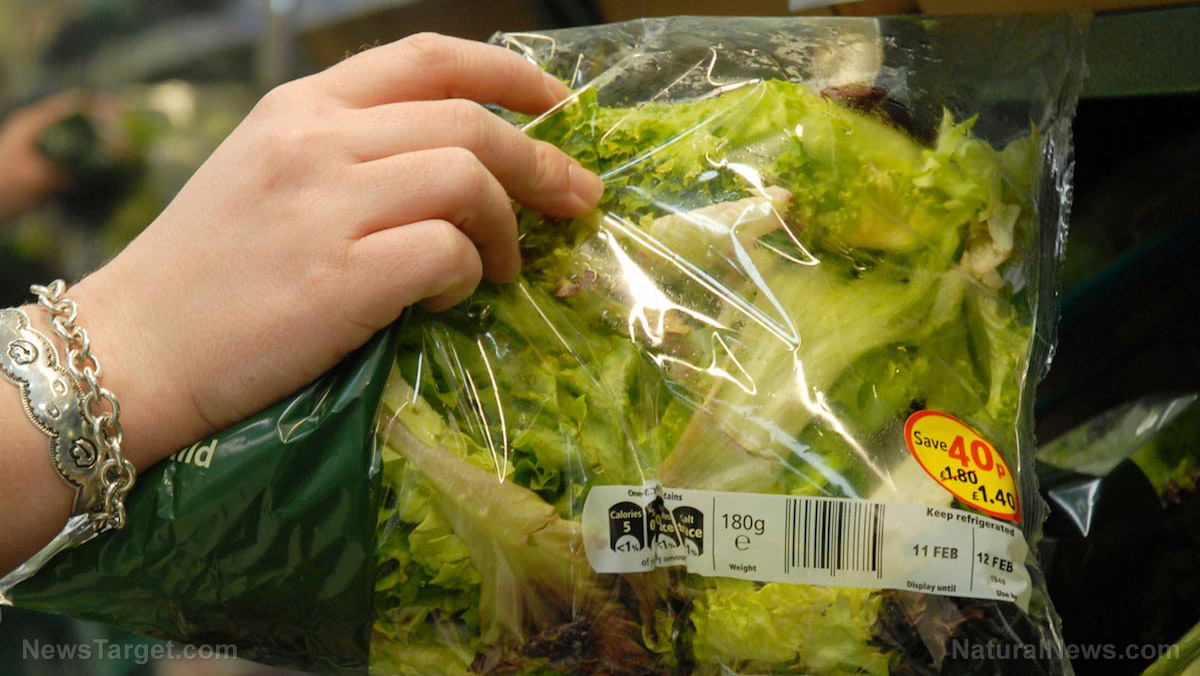Extinction imminent: Last pod of killer whales in the U.K. will die out because toxic chemicals have made the females sterile
07/11/2019 / By Lance D Johanson

Extinction is imminent for killer whales off the coast of the United Kingdom. The cause of the whale’s population decline isn’t some abstract concept called “climate change.” The whales are being sterilized in their own habitat by a toxic chemical called perfluorinated biphenyls (PCBs).
For the most part, PCBs are banned. A product of Monsanto, PCBs were once used to make non-stick cookware. These toxic PCB chemicals are now a pervasive pollutant, set to remain in the environment for decades to come.
These chemicals disrupt the endocrine system of humans and wildlife. The great orca whales are slowly being sterilized by these PCBs. The female calves, inundated with PCBs through their mother’s milk, are not maturing and reproducing like they once did. Scientists predict that the last pod of killer whales off the coast of Scotland will eventually die out.
Scotland’s final eight orcas haven’t reproduced in 25 years
Britain’s landfill sites, rivers, and seas have been polluted by PCBs — a class of chemicals that interfere with the growth of wildlife and their ability to reproduce. “There’s no way that this population can recover,” says Dr Paul Jepson of the Zoological Society of London. The final eight orca whales that appear off the west coast of Scotland have not given birth to a calf in twenty-five years. The endocrine system of these beautiful creatures has been severely harmed by hormone-disrupting chemicals.
Marine biologists have been watching the pod closely. When they surface, they have distinct marks and coloration that help with their identification. The pod consists of four males and four females, and surprisingly no pups have emerged from the pod for twenty-five years. Because these animals are at the top of the oceanic food chain, they ingest all the pollutants that have poisoned the smaller fish. The calves are highly susceptible to sterilization because they drink fatty milk from their mothers – fatty milk that is highly contaminated with PCBs. This fatty milk contains high levels of PCBs because these chemicals are soluble in lipids and fats.
When the whales wash up on the shore dead, marine biologists may measure their tissues for toxic chemicals. In 2016, biologists found a dead whale on the Isle of Tiree in Scotland. The whale contained the highest level of PCBs ever documented in a marine mammal.
Despite the PCB ban, endocrine disrupters are still pervasive today
PCBs are just the beginning of endocrine disrupting woes. Professor John Sumpter of Brunel University warned the Times that up to 2,000 new chemicals are released every year and they are making their way up the food chain, sterilizing oceanic life. The toxicity of compounding chemicals is unstudied and it’s hard to measure how much toxicity these animals must endure in order to survive and breed.
The U.S. banned PCBs in 1979. For nearly sixty years, the chemicals were scientifically validated and used to make non-stick cookware, microscope oils, electrical insulators, capacitors, and electric appliances such as television sets or refrigerators. They were even sprayed on dirt roads to keep the dust down. An estimated 1.5 billion pounds of PCBs have flooded the environment and are still persistent throughout the food chain today. PCBS are not the only endocrine disrupting chemical that has entered the environment. Modern day Styrofoam and plastic consumption feeds styrene, phthalates, and bisphenol compounds into the soil and waterways, causing unabated endocrine disruption throughout the food chain.
For more on extinction events, visit Extinction.news.
Sources include:
Submit a correction >>
Tagged Under:
bisphenol compounds, clean water, collapse, Die Off, Ecology, endocrine disruption, environ, environment, extinction, Extinction Event, hormonal health, human impact, mainstream science, microplastics, orca whales, PCBs, phthalates, reproduction, styrene, toxic chemicals, toxic water, wildlife
This article may contain statements that reflect the opinion of the author
RECENT NEWS & ARTICLES
Microplastics.News is a fact-based public education website published by Microplastics News Features, LLC.
All content copyright © 2018 by Microplastics News Features, LLC.
Contact Us with Tips or Corrections
All trademarks, registered trademarks and servicemarks mentioned on this site are the property of their respective owners.

